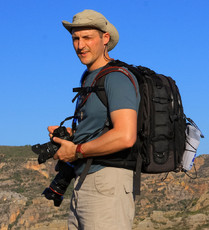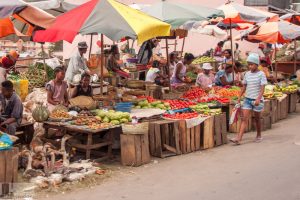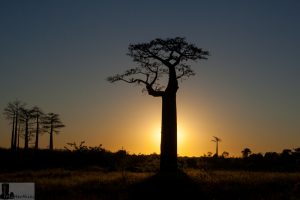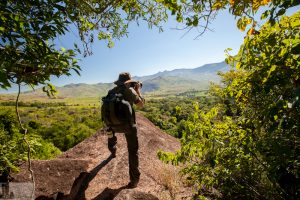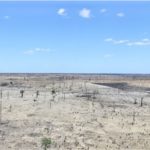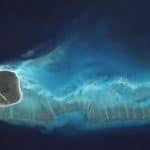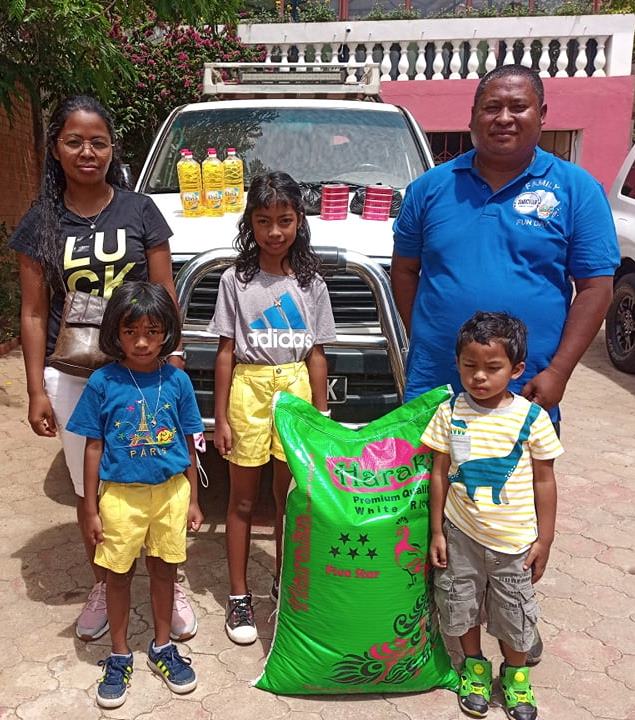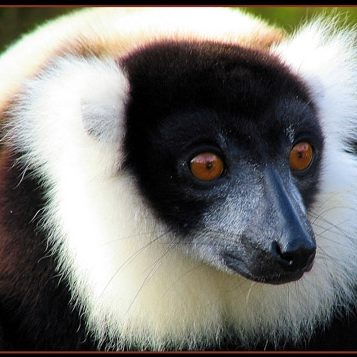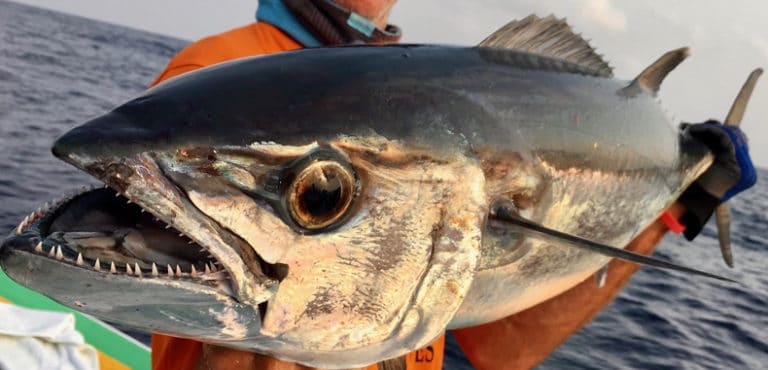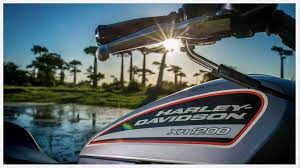important info for great photo trips
Whether you are a tourist interested in photography, a hobby photographer or even a professional photographer when you travel to Madagascar your camera will experience only a few quiet moments. The island is bursting with photo locations. Whether you want to photograph landscapes, people, animals, nature or macro, I'm sure you'll find something. Now I would like to briefly describe from my subjective layer how I prepare for my trips.
In the travel planning, photography should already be a decisive if not the decisive role play. If photography is the main driver of your trip, this will almost automatically be the case. I can only recommend to join in Madagascar a good and experienced tour guide who is well acquainted with the area knows. For example, it makes perfect sense to Baobab Avenue in Morondava not only during the day but also at sunset or sunrise. To realize this requires competent guidance and good planning.
Equipment is an important issue for many photographers when traveling. First of all, every photographer should be aware of his main field of photographic work be clear. The equipment of a landscape photographer is very different from that of an ornithologist who is looking for birds. If the photographer wants to be equally prepared for all areas, he has to Compromises be ready. Here, of course, plays the Backpack weight a big role. In Madagascar, the photo luggage has to be carried on the back over hills and through forests for a few hours. My own backpack with its 13kg has often driven the beads of sweat on my forehead. However, the results of my photo trip made me forget the effort. In view of this, the camera, lenses and flashes should be matched to each other. I can hardly give general advice here. My experience is that every photographer finds his own way, which also corresponds to his own photographic style. A few small tips regarding the additional equipment that I usually have with me, but I would like to give.
- Sufficient batteries for camera and flashes to be able to bridge 3-4 days without a power outlet
- External data backup in an image tank or a laptop
- A good travel suitable Tripod such as the Manfrotto 055XPROB
- One Bean bag
- Old transparent Shower caps (often lie in hotels)
- Enough CF/SD memory cards
- Polarizing filter / Gray filter / Remote shutter release
With the weight of the accessories must, of course, the Limitation of hand luggage of the individual airlines must be observed. Flight connections from Europe to Madagascar are far fewer than one might think. At this point, I can highly recommend the connection from Paris (CDG). The Air France offers on all flights of these routes the possibility of 1 piece of hand luggage + 1 additional item with a total of 12kg to take into the cabin. Together with the 2x 23kg main luggage, this is probably sufficient for every hobby to semi-professional photographer. Should you need sliders/rails/swiveling gallows or similar, you will have to book excess baggage anyway.
Once you arrive in Madagascar, you should adapt to the local customs and conditions, just like in any other country on our planet. We are guests in Madagascar and especially as photographers we should approach the people slowly, gently and with a lot of Sensitivity approach. This is especially important to keep in mind when photographing people. Ask yourself how you would react if a complete stranger photographed you on the street and then just kept walking. Rely on the Contact our top trained guides, these certainly know how to negotiate, talk and ask for a photo with the locals.
Special locations, which are the crucial cornerstones in the planning of a photo trip to Madagascar, can be found in Madagascar in almost inexhaustible quantity. These cornerstones are only the main locations of your trip. You will anytime at many different points unique and extraordinary motifs find. Here are some points that are very interesting.
- The Isalo Mountains with its rugged mineral landscape
- The Tsimanampetsotsa NP and the salt lake contained therein
- The Baobab Avenue and the Kirindy Reserve
- The Andingitra Mountains for vast mountain landscapes
- The splendor of the slopes with the countless baobabs along the West coast from Tulear to Morondava
- The geyser at Ampefy which is also quite easy to reach from Antananarivo
- The sapphire mines in Ilakaka
And of course the places that are adapted to your wishes & expectations, we are happy to help you with advice and support. Let us gladly offer you a Individual trip create that leaves nothing to be desired.
Articles and photos: Christian Mütterthies

